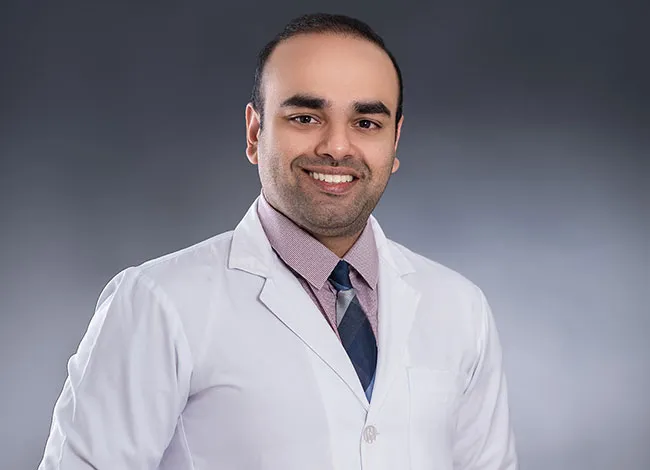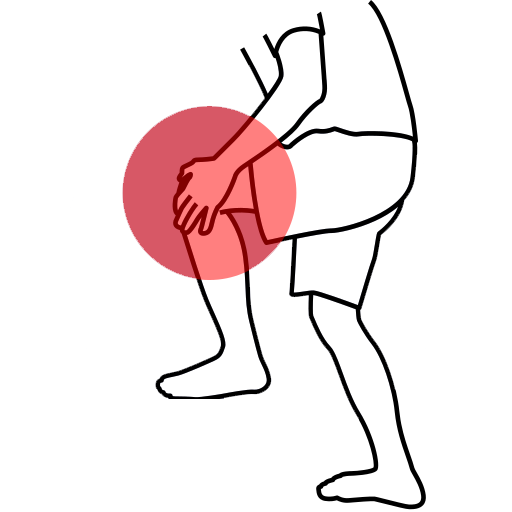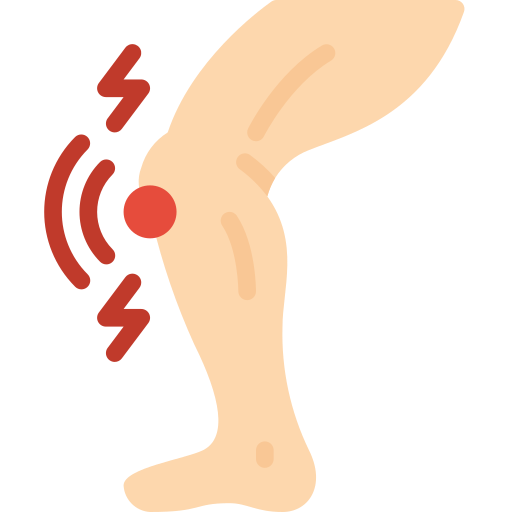

If you've been diagnosed with knee osteoarthritis (OA), you might have heard that surgery is the only way to permanently fix the problem. However, if you're not quite ready for surgery or not a good candidate for it, there is another option you might want to consider. It's called genicular artery embolization, and it can help relieve the pain associated with OA.
The best part? This procedure is minimally invasive, which means it doesn't require any major incisions or lengthy hospital stays. Instead, it's an outpatient procedure that can be done in a single day.

Let me explain a bit about Genicular Artery Embolization (GAE). This procedure is a minimally invasive treatment option for painful osteoarthritis (OA) of the knee. Knee OA happens when your knee joint undergoes wear and tear, leading to a loss of normal cartilage and causing debilitating pain.
Inflammation is a contributing factor to knee OA and can be worsened by abnormal blood vessels often seen in patients with knee OA. So, interventional radiologists have developed a treatment that blocks some of these blood vessels, called an “embolization.” By decreasing blood flow to the inflamed knee, this can help reduce inflammation, swelling, and pain.
During a GAE, an interventional radiologist inserts a thin catheter into one of the main arteries in your thigh. They use X-ray imaging to guide the catheter towards the genicular arteries that supply the inflamed joint capsule of your knee. Then, they release tiny particles called microspheres to block blood flow in the genicular arteries, which reduces the amount of inflammation affecting your knees.
Even though reducing blood flow may seem counterintuitive, it can actually help alleviate your knee pain. So, if you're struggling with knee OA and are looking for a minimally invasive option, GAE could be a great solution for you.
Learn About Dr. Arjun ReddyThe great thing about GAE is that it's all about pain reduction. Knee OA is a painful and progressive disease that can often require surgery, but not everyone is ready for that kind of invasive procedure. That's where GAE comes in as a fantastic alternative option. And there are several other benefits to consider:

First off, GAE is minimally invasive, which means it doesn't require large incisions, removal of bone, or general anesthesia. That's a huge relief for many patients who might be nervous about undergoing surgery and are looking for a solution to lessen pain so that they can live a normal life.

Another advantage of GAE is that it's an outpatient procedure, so you won't have to stay in the hospital overnight. You'll be able to head home just a few hours after your procedure. The treatment itself is also pretty quick, usually taking between 45 to 90 minutes to complete. And most patients recover within just a couple of days after the procedure.

Plus, the pain relief from GAE is long-lasting. Studies show that GAE can lead to significant pain reduction for a year or more. Finally, because it's a minimally invasive, non-surgical treatment, GAE is less risky compared to open surgery. And there aren't many side effects to worry about compared to medication, which can be a big relief.

I understand that not everyone is ready or able to undergo knee surgery, which is why we offer an alternative solution. As a leading interventional radiologist in Hyderabad, We have experience in treating complex conditions using cutting-edge techniques.
Our practice takes a personalized approach to all our patients, and we make sure you receive treatment within a short time frame after your initial consultation. We understand the importance of clear communication, which is why we provide ample opportunities for you to speak directly with your provider.
To make your stay with us as comfortable as possible, we offer curbside drop-offs and pick-ups, as well as concierge service. We want you to feel at ease during your visit.
If you are not ready or are unable to undergo knee surgery, we offer a minimally invasive alternative procedure that can provide long-lasting pain relief. Our team is experienced in performing Genicular Artery Embolization (GAE) for knee osteoarthritis patients. GAE is a quick outpatient procedure that involves blocking blood vessels to decrease inflammation and pain in the knee joint.
Click on the button to request an appointment with Dr. Arjun Reddy
So far, research has shown GAE to be safe. Compared to open surgery, there is a smaller risk of bleeding, infections and complications from anesthesia with this procedure. When complications do occur, they are usually minor and include discomfort at the treatment size and bruising.
Studies have found GAE to be highly effective, providing significant and long-lasting pain relief in approximately 70 percent of the treated patients. Although, some studies show a success rate of almost 100 percent. Most of the treated patients also have no or only minor side effects from treatment.
GAE is a relatively new treatment, and insurance companies handle this differently. Your team at VIP will contact your insurance provider prior to the procedure, and be open about whether or not your insurance approves the procedure. Some patients receive this treatment by taking part in a clinical study, and others have to pay for the procedure out of pocket.
Results from this treatment are known to last for 6 to 12 months. However, some studies have found that patients have experienced pain relief for four years following initial treatment.
During this procedure, you will lie on a padded table and be given local anesthesia and IV sedation. The interventional radiologist will guide a thin catheter from your femoral artery toward the knee joint using X-ray imaging. Once the catheter is in place, they will inject tiny particles into the problem arteries to seal them off. Usually, one to three arteries are treated during one session. Your provider will place a dressing over the vessel access site.Commonly, patients experience skin discoloration around the knee in the days following embolization. If you experience any open sores developing at the skin, you should alert your physician.
Immediately after your procedure, you will spend about four hours in the recovery room. Most patients go home on the day of their procedure and are back to their usual routine within two to three days. You may feel discomfort around the knee or at the access site and will need to keep your dressing clean.